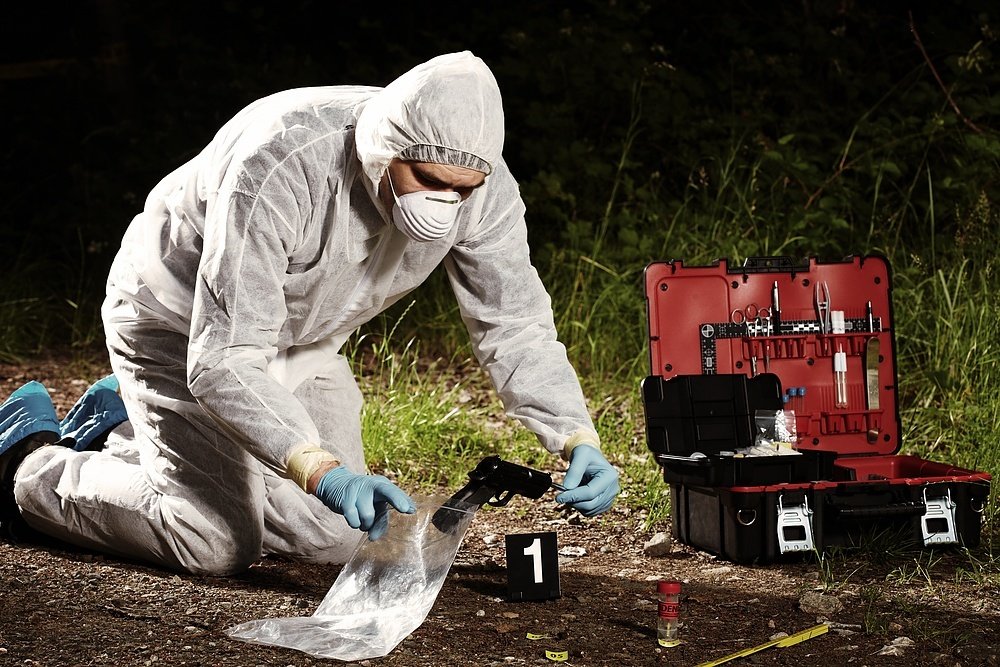
In the not-too-distant future, crime scene analysts will be gathering a lot more than human DNA in their quest for trace evidence. The microbiome, or the universe of bacteria and other microbes that live in and on us, is the latest target of the forensics community.
While DNA evidence can be hard to find at a crime scene, even the best criminals have trouble keeping their microbes to themselves. Jack Gilbert, a microbial ecosystem expert at the University of Chicago, says each of us sheds 38 million bacterial cells every hour. (Reminiscent of the Peanuts character Pig-Pen, this phenomenon is called a “microbial cloud.”) Several recent studies show that not only does each of us shed a specific microbiome—not exactly a fingerprint, but distinct enough to be useful in forensics—but also that traces of those microbes can be detected many hours after we unwittingly slough them off.
Gilbert was part of a team that tested this concept in a mock break-in at a Florida home. Two scientists burgled the house, going through drawers, moving about, finding items of value. Some 12 hours later, other lab members went through the house to collect microbial samples. The findings were remarkable: after filtering out microbial signatures from the people who live there, researchers were able to clearly detect the microbes left by the intruders, even determining where each person had lingered longest.
To take it a step further, Gilbert then compared those microbial signatures to a relatively small microbiome database. That comparison was enough to predict some key traits about the two people: similarities to other microbiomes indicated that one burglar consumed 10 or more alcoholic beverages each week, and that the other was likely taking medication for a migraine. Both predictions were correct.
That kind of information could be very helpful to law enforcement, which explains why the National Institute of Justice has awarded millions of dollars in new grants to fund research in this area, including building up a much larger database of personal microbiomes.
The forensic implications for microbiome patterns stem from early studies showing that microbial analysis could accurately link a person to the keyboard or phone he used most often. More recent research has proven that even identical twins have different microbiomes, and that most people appear to have stable microbial communities that can be uniquely associated with them even months after initial samples were collected.
How Microbes Could Help Track Criminals
In the not-distant future, crime scene analysts will be gathering a lot more than DNA. The microbiome, or the universe of bacteria and other microbes that live in and on us, is the latest target in forensics. DNA evidence can be hard to find at a crime scene, but criminals (and all of us) have trouble keeping microbes to themselves.
















